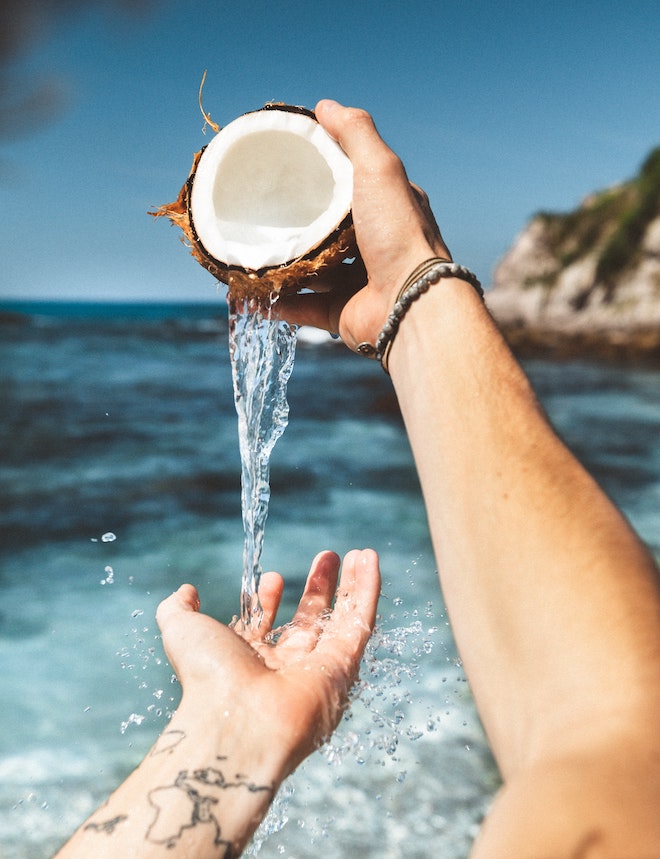Introduction
In the realm of culinary choices, the debate between Himalayan salt and table salt has gained significant attention. While table salt has long dominated the seasoning landscape, Himalayan salt has emerged as a popular alternative due to its unique composition and potential health benefits. Let's explore the distinctive qualities and potential advantages of Himalayan salt over table salt.
Understanding the Mineral-Rich Himalayan Salt
Himalayan salt, often referred to as pink salt, is derived from ancient salt mines nestled in the pristine mountains of the Himalayas. This natural salt is distinctively pink in color due to its high mineral content, including trace elements such as iron, magnesium, potassium, and calcium. In contrast, table salt undergoes heavy processing, resulting in the removal of many beneficial minerals and the addition of additives such as anti-caking agents.
Rich Mineral Profile for Essential Nutrients
One of the primary advantages of Himalayan salt lies in its rich mineral profile. Unlike table salt, which primarily consists of sodium chloride, Himalayan salt offers a more comprehensive range of essential minerals. These minerals are believed to contribute to various bodily functions, including maintaining proper fluid balance, supporting healthy nerve function, and aiding in muscle contractions.
Reduced Sodium Intake without Sacrificing Flavor
While both Himalayan salt and table salt contain sodium, the unique structure of Himalayan salt crystals allows for a larger volume per unit of measurement. This means that individuals can achieve the same level of saltiness with less actual salt, potentially reducing overall sodium intake. By using Himalayan salt, individuals can enjoy the flavor enhancement without compromising their sodium-conscious diet.
Balancing Electrolytes and Hydration
The mineral content of Himalayan salt extends beyond sodium, encompassing important electrolytes such as potassium and magnesium. These electrolytes play a crucial role in maintaining proper hydration and electrolyte balance within the body. Himalayan salt can contribute to replenishing electrolytes lost through sweat and physical activity, making it a beneficial option for active individuals.
Natural Detoxification Support
Himalayan salt is believed to possess natural detoxification properties. It is often used in salt lamps and salt baths, which are thought to release negative ions that can help purify the air and promote relaxation. Additionally, Himalayan salt has been used in traditional medicine as a natural remedy for respiratory ailments, such as allergies and asthma, due to its potential ability to cleanse and soothe the airways.
Culinary Versatility and Enhanced Flavor
Aside from its potential health benefits, Himalayan salt offers a versatile culinary experience. Its unique flavor profile adds depth and complexity to dishes, enhancing the overall taste. From seasoning savory dishes to sprinkling on chocolate desserts, Himalayan salt provides a touch of elegance and a unique culinary journey.
Conclusion
While table salt has been a staple in kitchens worldwide, the rise of Himalayan salt presents a natural alternative with potential health benefits. With its rich mineral profile, reduced sodium content per unit of measurement, and unique flavor, Himalayan salt offers a compelling option for those seeking to enhance their well-being while enjoying the pleasures of culinary exploration.
However, it's important to note that the health benefits of Himalayan salt should be considered within the context of an overall balanced diet. As with any dietary change or consideration, it is recommended to consult with a healthcare professional or registered dietitian for personalized advice.
So, let the captivating hues and distinctive flavor of Himalayan salt transport you to the majestic Himalayan mountains, as you savor the benefits it brings to your table and your well-being.
Sources:
- Lim, J., & Wong, S. (2016). Edible salts - Are they all the same? Nutrition & Dietetics, 73(S2), 96-101. doi: 10.1111/1747-0080.12272
- Kala, C. P. (2006). Medicinal plants of the high altitude cold desert in India: Diversity, distribution and traditional uses. International Journal of Biodiversity Science & Management, 2(2), 43-56. doi: 10.1080/17451590609618042





Leave a comment
All comments are moderated before being published.
This site is protected by reCAPTCHA and the Google Privacy Policy and Terms of Service apply.